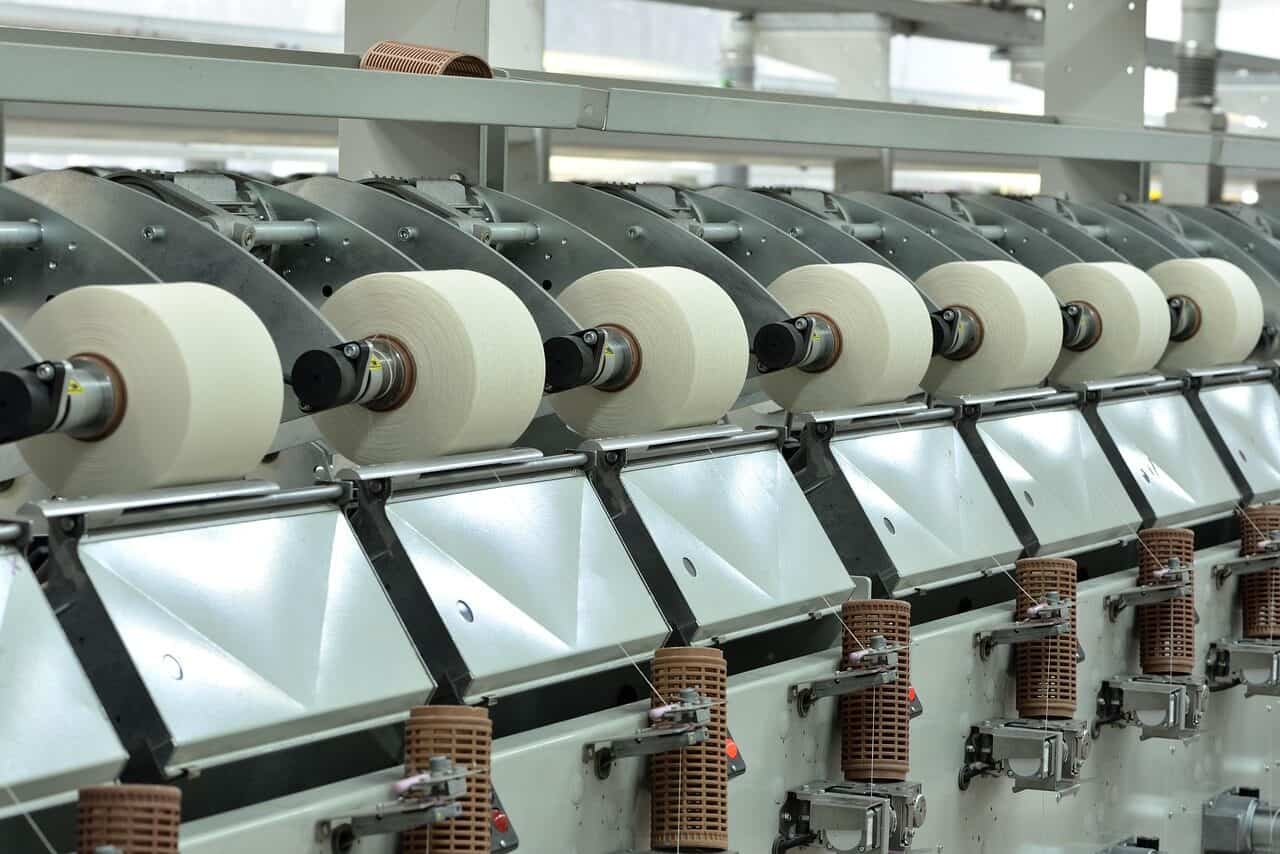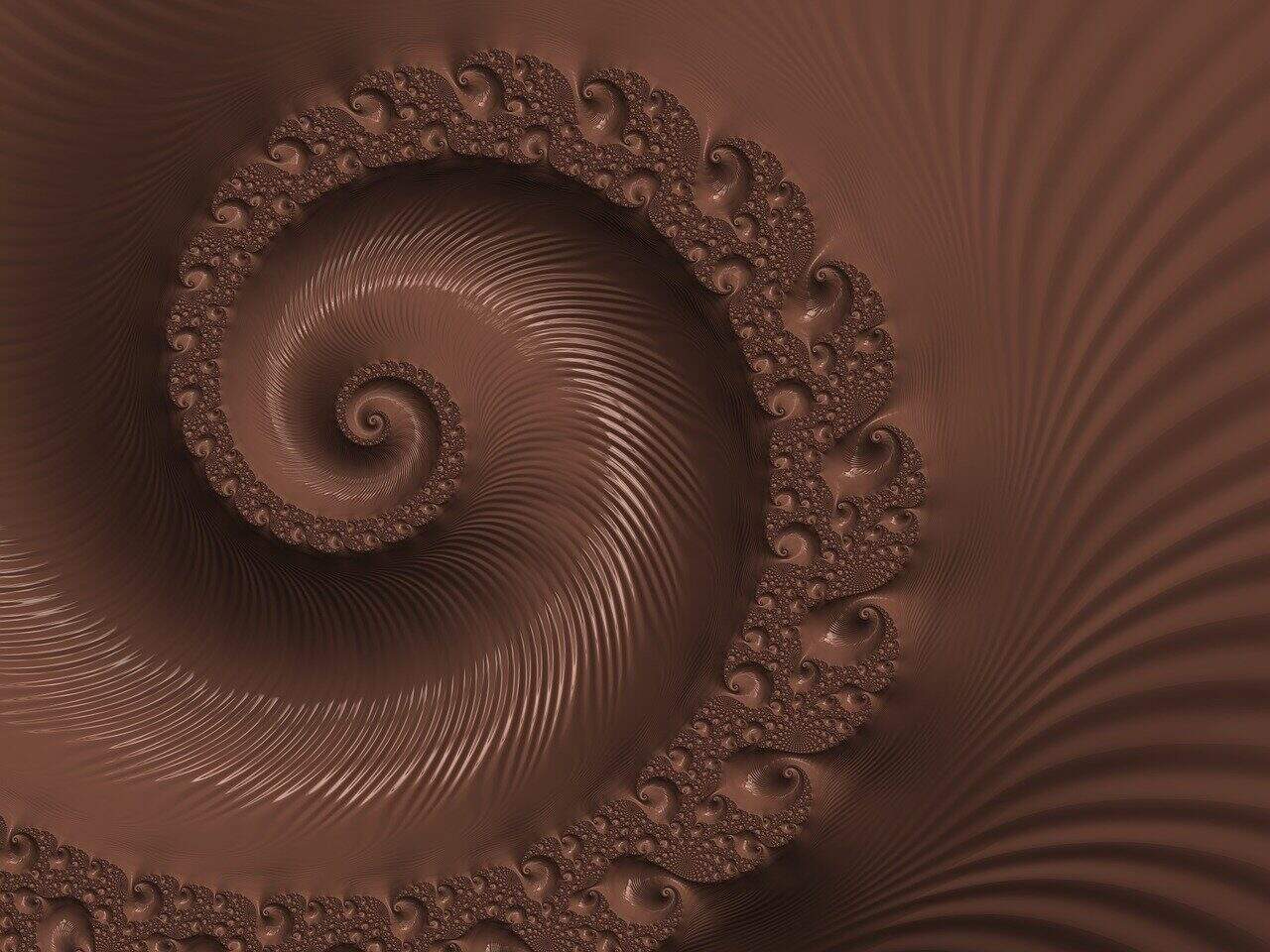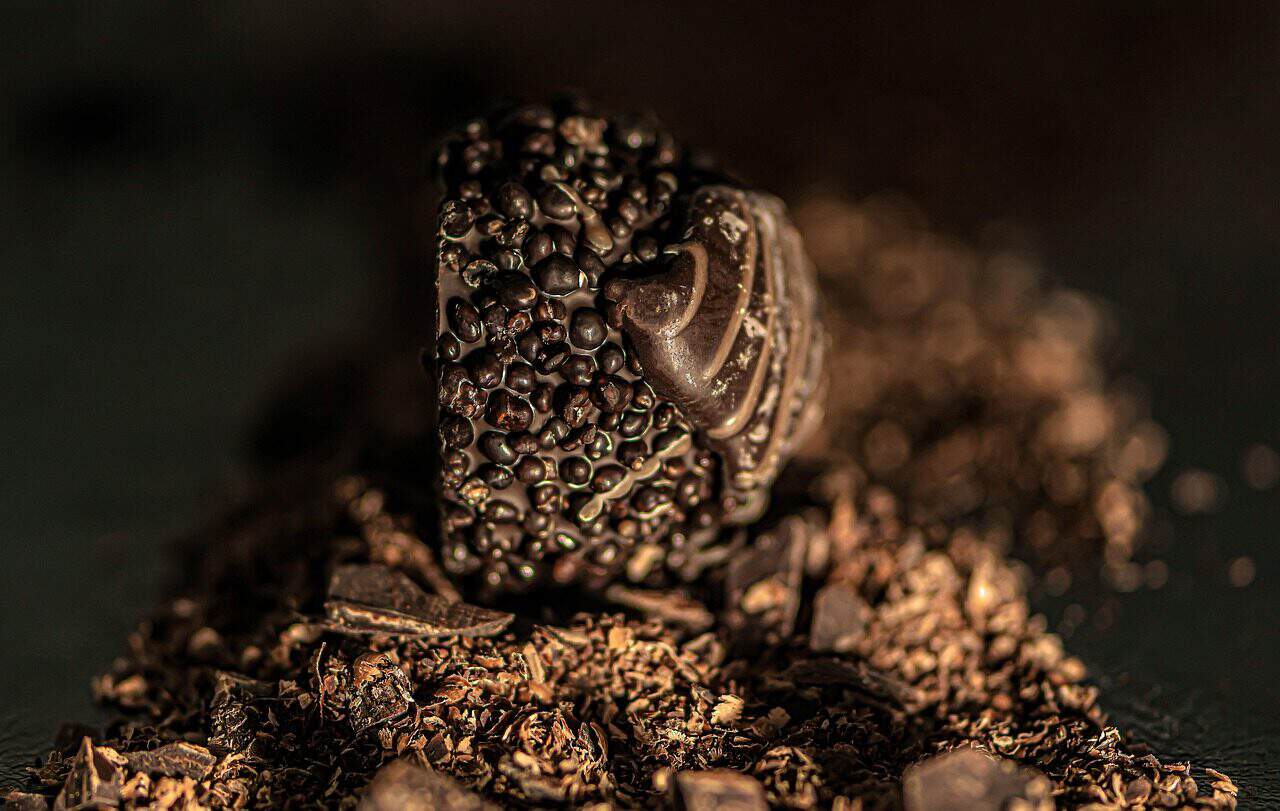
Antes de discutirmos a produção de uma boba poppable, devemos descrever brevemente o processo de fabricação. Este artigo irá discutir como o alginato de sódio é usado para fabricar a geléia dentro da boba, bem como o uso de bolas de tapioca. O material de revestimento externo é reciclável. Existem muitas partes diferentes da máquina. Essas peças incluem um funil de atolamento, bandejas SUS, um sistema de descarga e limpeza e um boba-máquina de estourar. The machines themselves are stainless steel and are designed to meet sanitation standards. Moreover, they are suitable for use in other food products as well, such as bubble tea, ice cream, cake decoration, and egg tart filling.
alginato de sódio
O process of manufacturing bursing boba involves three different kinds of liquid: fruit juice in the center, a calcium alginate-based coagulation liquid, and a protective liquid that helps preserve the product. The sodium alginate is finely ground in a colloid mill, a high-powered blender that breaks up semi-fluid materials quickly. Sodium alginate is dissolved in this mill by varying the gap size.
A soft outer membrane filled with juice is known as a popping boba. This delicious dessert first made its debut at froyo spots in the 2000s. However, it is now found in modern Japanese restaurants. The technique is based on a molecular gastronomy process called Reverse Spherification. This process involves submerging a liquid rich in calcium into sodium alginate, which causes the calcium to form spheres.
Sodium alginate is extracted from brown seaweed. It is an essential component of the cell walls of seaweed and kelp. It helps maintain the seaweed’s elasticity as it is tossed by the waves. The sodium alginate content of bursing boba is determined by the G/M ratio in the production process. This substance is also used in manufacturing ice cream and instant noodles. However, it’s best to check the label of these products to determine their safety and quality before making a final purchase.
bolas de tapioca
Enquanto a boba original é tipicamente branca e cristalina, a versão mais comum é marrom, com sabor de caramelo ou açúcar mascavo. A textura mastigável e o sabor doce sutil os tornam um deleite popular. Antes de serem usados, eles são revestidos com açúcar de frutose, criando sua marca registrada, o revestimento externo brilhante. Você pode encontrar esta boba popular em qualquer loja de chá ou restaurante.
Bubble tea foi inventado em Taiwan na década de 1980, e tem sido um deleite popular desde então. Estas deliciosas bolas mastigáveis de batata-doce são combinadas com um canudo gigante colorido. Eles se movem para cima e para baixo no canudo, dando à sua bebida uma experiência colorida e interativa. Eles também são conhecidos como boba, chá de leite com pérola e chá de leite com bolhas.
The tapioca balls that make up boba are made in a factory. Tapioca is made from cassava root, which is a tropical plant native to the Americas. After being sun dried, the boba is shaped into different shapes by using various tools, including flower cutters and cube cutters. They are then stored in a refrigerator for 2 days before they’re used in a drink.
Esferificação
O processo de esferificação é uma técnica que produz pérolas comestíveis. Ele pode ser usado para encapsular ingredientes de sabor ruim, fornecer produtos farmacêuticos ou proteger enzimas do meio ambiente. Um método envolve a esferificação reversa de um ingrediente alvo. A mistura de um cátion e um ingrediente ativo é então usada para produzir as pérolas. O resultado final é uma goma deliciosa e nutritiva que rebenta na boca ao mastigar.





